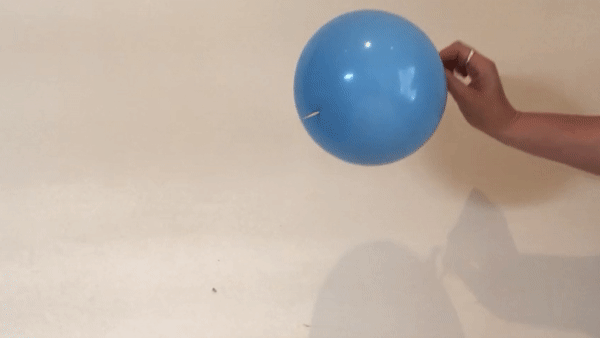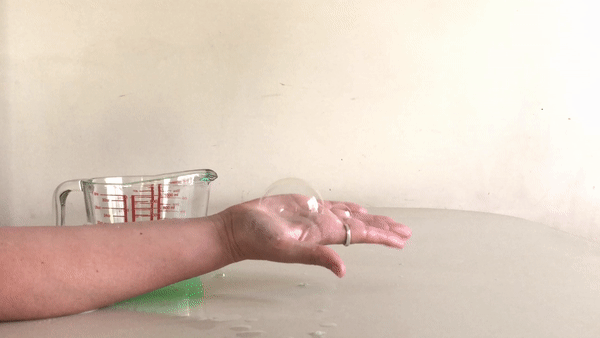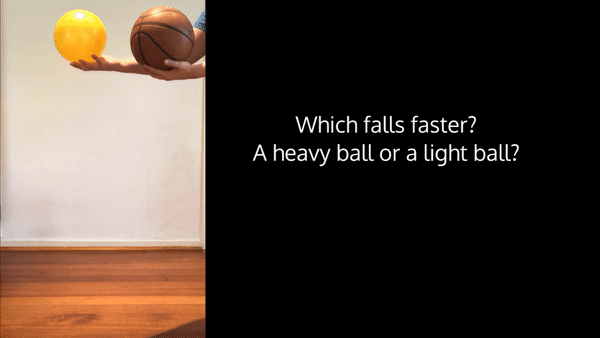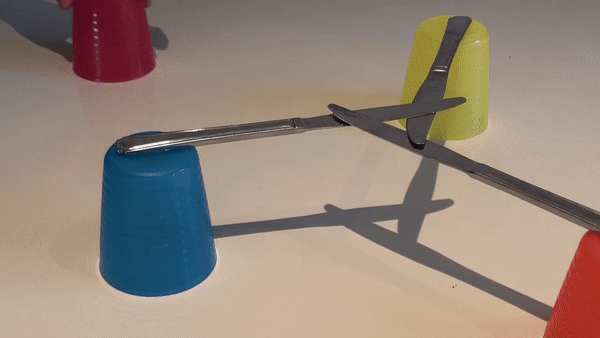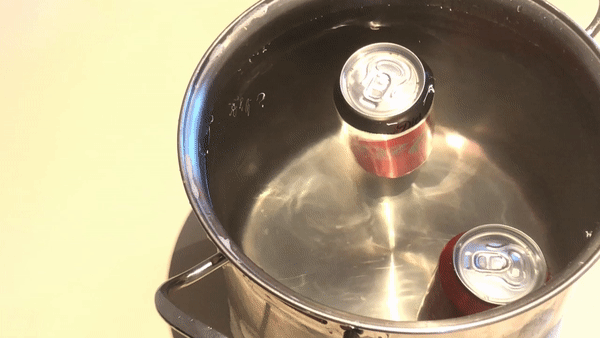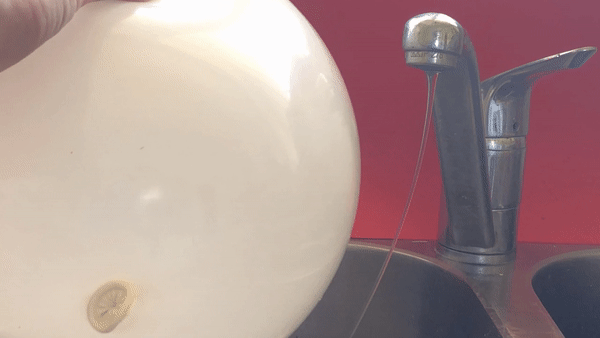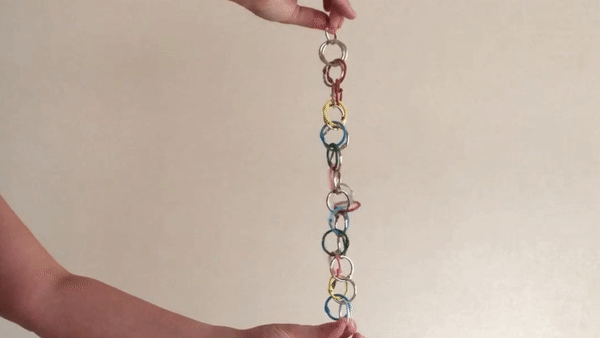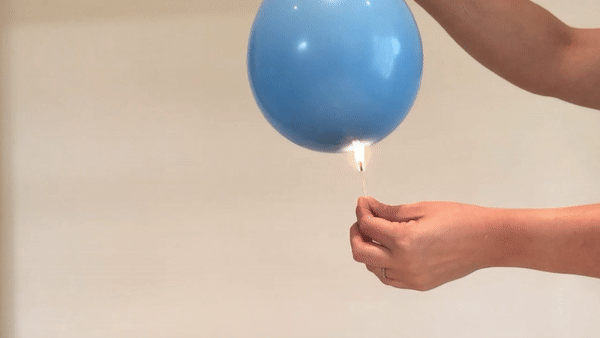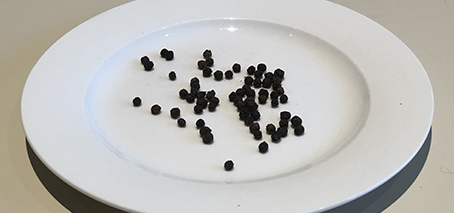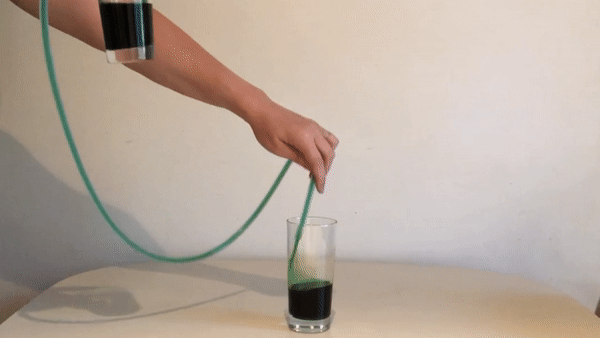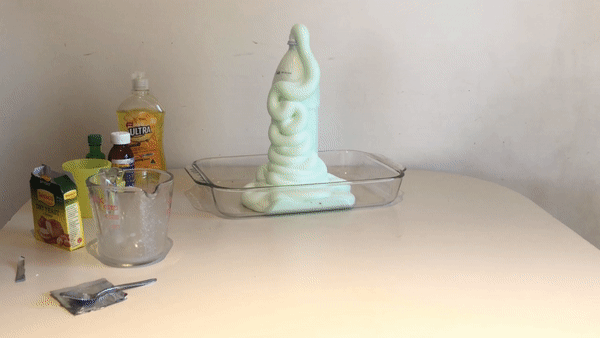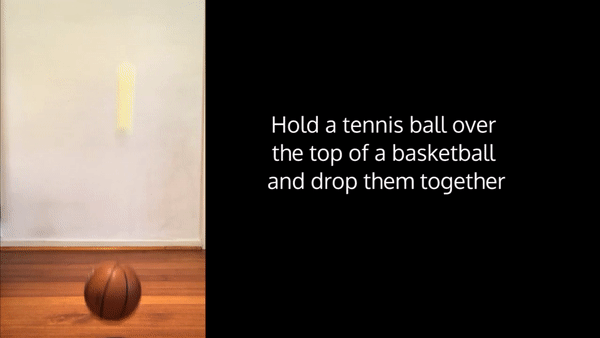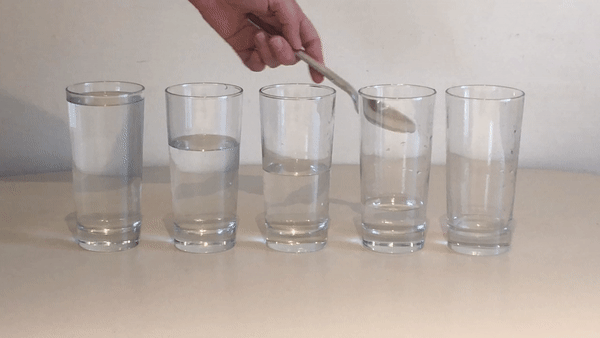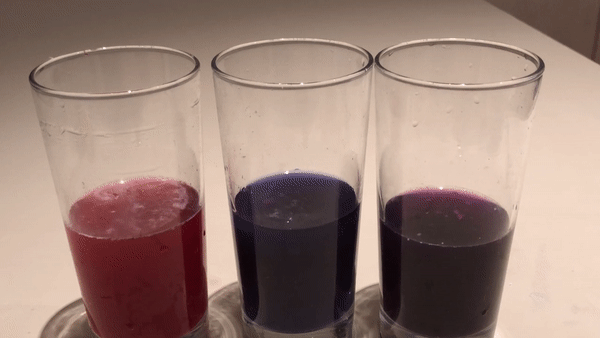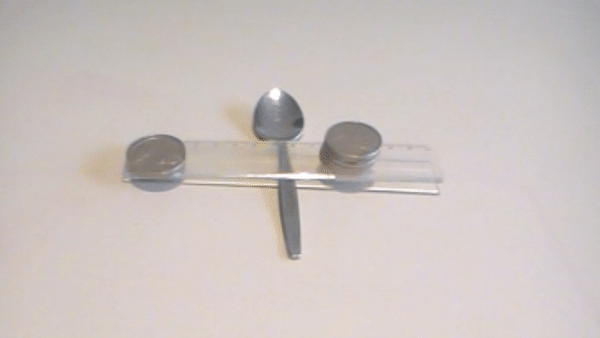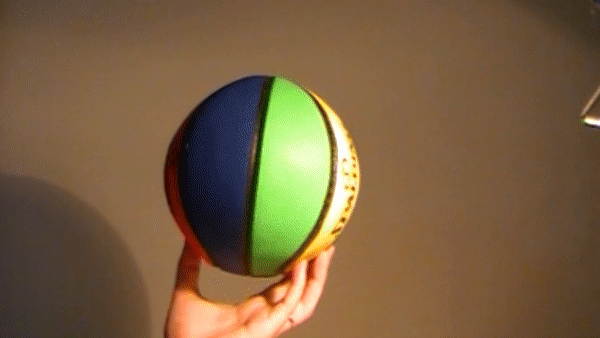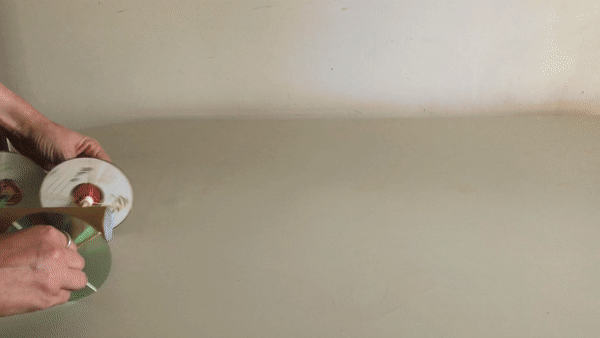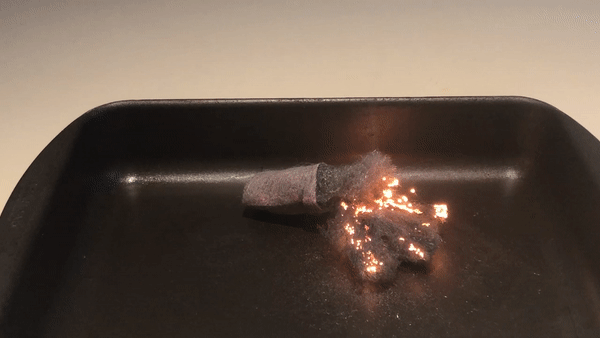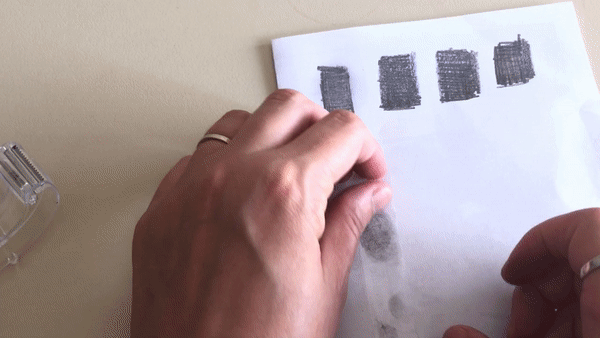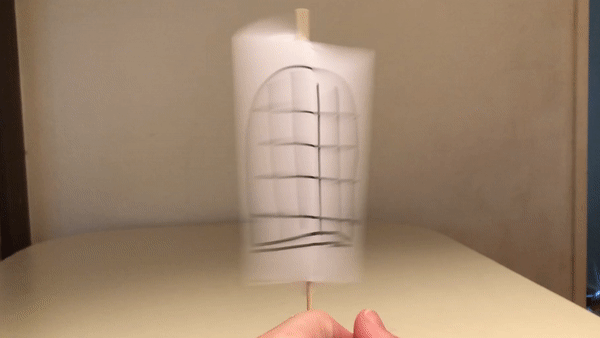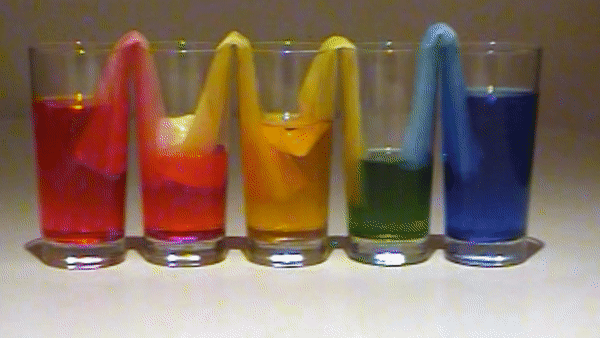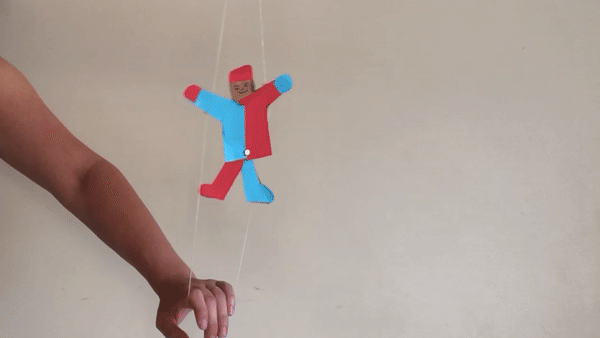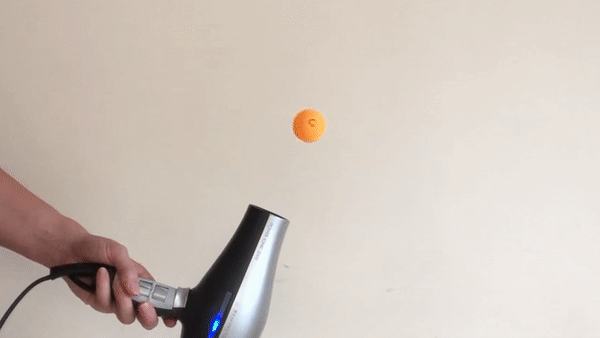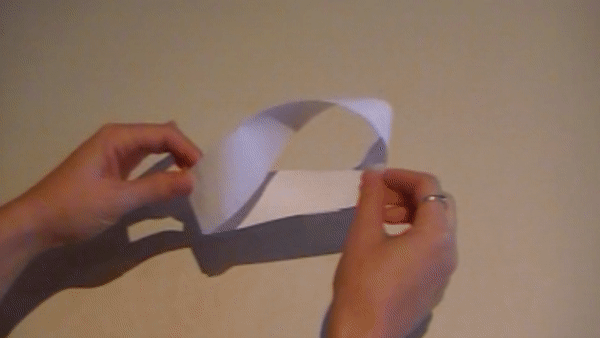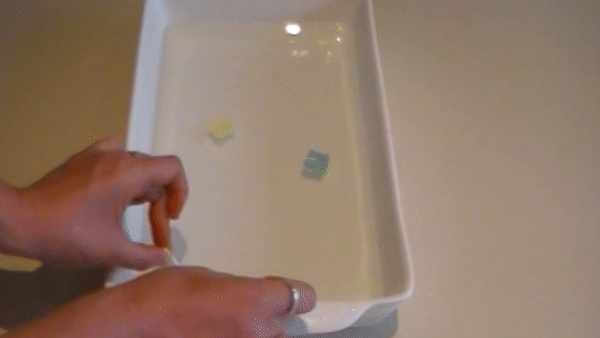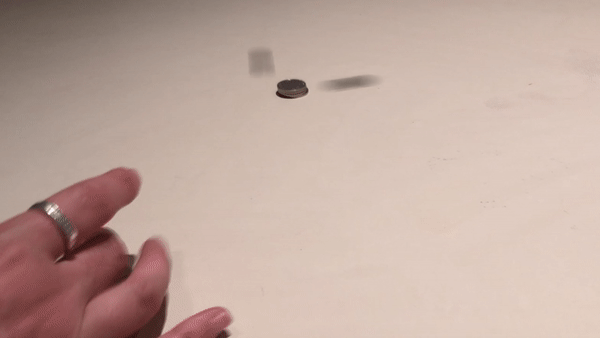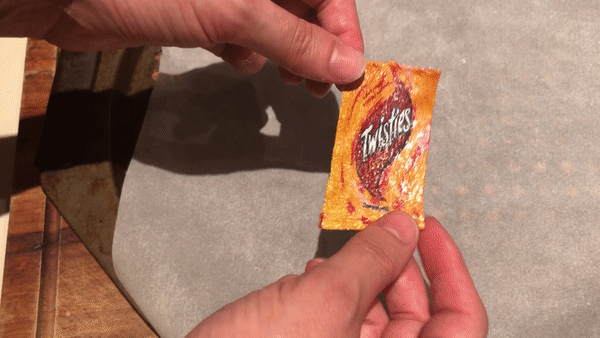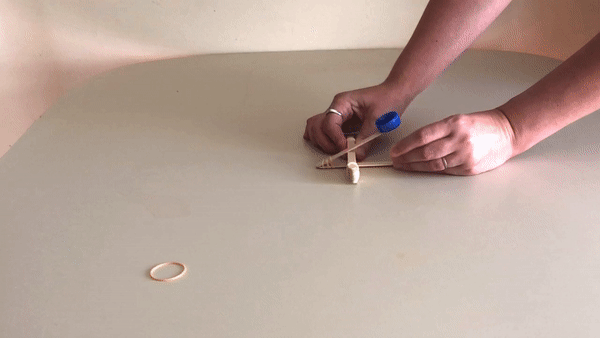A little bit of science magic. What happens when you push a skewer all the way through a balloon? It pops, right? Not necessarily. What you need: balloon wooden skewer vegetable oil What to do: Stretch out a balloon and then blow it up until it is quite big. Then let some air out until it is about two-thirds its …
Catching Bubbles
Playing with bubbles can be a bit of fun. But what if you could make it so that the bubbles didn’t pop when you caught them? What you need: water dishwashing liquid glycerine a straw What to do: Mix approximately 200 mL of water with a teaspoon of glycerine. Stir well. Add approximately 2 tablespoons of dishwashing liquid. Mix gently. …
Falling Objects
If you drop objects that weigh different amounts, which will hit the ground first? What you need: balls that weigh different amounts, eg. basketball, tennis ball paper What to do: If you have two balls that are the same, drop them from the same height at the same time. They should hit the ground together (or at slightly different times …
Cup Bridge
Challenge someone: you have four cups and three knives. Three of the cups are in a triangle, too far apart for the knives to reach. You need to build a bridge to support the weight of the fourth cup. What you need: 4x cups 3x knives What to do: Place a knife from one cup pointing to the centre of …
Coke vs Diet Coke
If you have a can of Coke and Diet Coke, they are the same size – it says so right on the cans. But we observe a difference very easily. What you need: can of Coke can of Diet Coke large container of water, deeper than the height of the cans What to do: Place the can of Coke into …
Water Bender
You can be a water bender. All you need is a balloon (and a good head of hair). Download pdf of Water Bender activity Learning Intentions Students get to think, observe and learn about the difference between insulators and conductors and how charged particles (electrons and protons) function to generate static electricity. Materials A dry latex balloon (if you don’t …
Falling Rings
Create something out of keyrings that appears to be a magic trick What you need: at least 24 keyrings, preferably 12 of one colour and 12 of another colour (or coloured). You can purchase coloured and silver keyrings at Officeworks. What to do: Join all the coloured keyrings together in a line. Hold the coloured rings up by the end …
Balloon vs Fire
If you hold a flame to a balloon, can you prevent it from exploding? What you need: balloon water matches What to do: Pour some water into an uninflated balloon until it is almost full. Blow up the balloon, but keep it fairly small. Tie the balloon at the end. Hold the balloon up so that the tie is at …
Supertaster
Test (and trick) your tastebuds, looking at the relationship between taste and smell. What you need: black peppercorns What to do: Tightly hold your nose. Put a peppercorn in your mouth. Bite the peppercorn between your teeth. What do you taste? Now let go of your nose. What do you taste now? What happens: When you hold your nose, you …
Siphoning Water
What you need: tube or hose 2x glasses What to do: Fill one of the glasses with water. You can add some food colouring to make the water easier to see if you like. Use the tube or hose like a straw and suck up some water from the full glass (but don’t think it). When the water gets to …
Elephant Toothpaste
Create a chemical reaction that looks like very, very large toothpaste! What you need: 6% hydrogen peroxide – you can purchase this from a chemist, not the supermarket yeast powder warm water empty soft drink bottle dishwashing liquid food colouring (optional) rubber gloves safety glasses funnel or jug What to do: Put on the safety glasses and gloves. Pour 100mL …
Double Bounce
Musical Glasses
Make some music with glasses of water and a spoon. What are the different sounds you can make? What you need: several glasses spoon What to do: Put different amounts of water in each glass. For example, have one glass almost full, one glass half full, one glass almost empty, etc. Use the spoon to tap on the glasses, one …
Red Cabbage Indicator
Something colourful with kitchen items that can be used to show how acidic (or basic) something is. What you need: red cabbage water blender food or chemicals to test for acidity, eg. lemon juice, vinegar, shampoo, household cleaner, tomato, egg white What to do: Put three or four red cabbage leaves into a blender. Fill it to half way with …
Balancing See-Saw
Use household items to demonstrate the science behind see-saws What you need: teaspoon tape small ruler coins What to do: Balance the ruler on the spoon by placing it in the centre. Add a piece of tape to keep it in the right place. Add a stack of coins (the same number of coins) to each end of the ruler. …
Coloured Light
What colour do you get when you combine red, green and blue light? What you need: 3x torches 3x rubber bands red, green and blue cellophane a dark room What to do: Put each of the colours of cellophane over each of the torches and secure it them with rubber bands. Turn out the lights and shine each of the …
Day and Night
Demonstrate why we experience day and night using a ball and a lamp. What you need: lamp/torch ball What to do: Turn the lamp on and hold the ball up so the light is shining onto one side. Rotate the ball, imaging it is Earth rotating. Pick a unique spot on the ball and imagine it is Australia. Notice how …
Rubberband car
Use household materials to create a car that can actually go. What you need: paper towel tube metal skewer 2x wooden skewers scissors 4x old CDs glue 4x wooden spools 4x buttons or small pieces of card/paper ~15x rubberbands 2x straws paperclip What to do: Use the metal skewer to put a hole through the paper towel tube close to …
Electrified Steel Wool
This is a simple experiment that creates a circuit with steel wool and shows the fiery potential of resistance. The steel wool does actually catch fire so make sure you do it safely. Download activity as a pdf Learning intentions Students get to generate inquiry questions about electrical circuits. The activity will help students recognize the need for a complete …
Fingerprinting
Examine your fingerprints using every day items. What shapes can you see in your fingerprints? What you need: white paper sticky tape pencil magnifying glass (optional) What to do: Colour squares on a piece of paper using a grey lead pencil. These should be larger than your finger. Rub the tip on your finger in the pencil colourings until your …
Bird in a Cage Illusion
Create a visual illusion where a bird drawn on one side of some paper, and a cage drawn on the other, appear as though the bird is in the cage. What you need: 2x notecards coloured markers skewer/pencil/stick sticky tape What to do: On one card, draw a bird in the middle of the card. On the other card, draw …
Strength Challenge
How strong do you think you are? Are you stronger than two people? Three? Four? Here is a trick you can do to show people how “strong” you are. What you need: a wall several people (one at least needs to have weaker arms than you) What to do: Tell everyone how strong you are. Say that you are stronger …
Walking Colours
Use science (and a bit of food colouring) to make a beautiful rainbow by “walking” colours between glasses. What you need: at least 3 glasses or jars, 5 glasses is better but you could also use 7 – it is best to use small glasses/jars red, yellow and blue food colouring paper towel water What to do: Put your glasses …
Rope Climber
Use craft and a bit of science to create a puppet that can climb a rope What you need: string scissors cardboard sticky tape coloured paper or markers (optional) split pin (optional) What to do: Cut out legs and torso + head shape from the cardboard. Decorate these using the coloured paper or markers (optional). Put a hole in the …
Under pressure: Heat, airplanes and Bernouli
What does heat and a dude called Bernouli have to do with deciding when it is too dangerous to fly a plane? Be prepared to do some quiz questions. The experiments in this activity relate to what enables a plane to get off the ground and what can make it come crashing down again. And about 150 years before the …
Möbius strip – a one-sided object in 3D
Create an object that only has one side – known as a Möbius strip. What you need: a long strip of paper sticky tape scissors pen/marker What to do: Take the strip of paper and bend the ends together. Twist one of the ends over 180 degrees, and stick the ends together. You have now created a Möbius strip. To …
Boat Racers
Use bread bag ties to create boats that race along the surface of water without even touching them. What you need: shallow dish, square or rectangular water bread bag clips food dye (optional) dishwashing liquid cotton tips What to do: Pour the water into the dish so it covers the bottom of the dish. Place bread bag clips at one …
Coin Shooter
Create a tower using coins, and then bring your tower down by shooting out one layer at a time. What you need: as many 10 cent coins as possible patience! What to do: Put all the coins except one into a tower. Use the remaining coin, the shooter, by flicking or throwing it as fast as possible towards the tower. …
Shrinking Chip Packet
Make a miniature version of a chip packet. You could make this into a keyring to hang on a school bag. What you need: 2x baking trays baking paper chip packet What to do: Wash the empty chip packet with dishwashing liquid and water. Dry it thoroughly. If you want to make a keyring, put a hole in the top …
Catapult
Make a simple catapult that can fire small items across rooms. Students can invent games to play and experiment with their catapults and test their understanding of potential and kinetic energy. Learning Intentions Students will use the scientific process identify and understand potential and kinetic energy, their use to do work and how energy can be transferred from one form …

